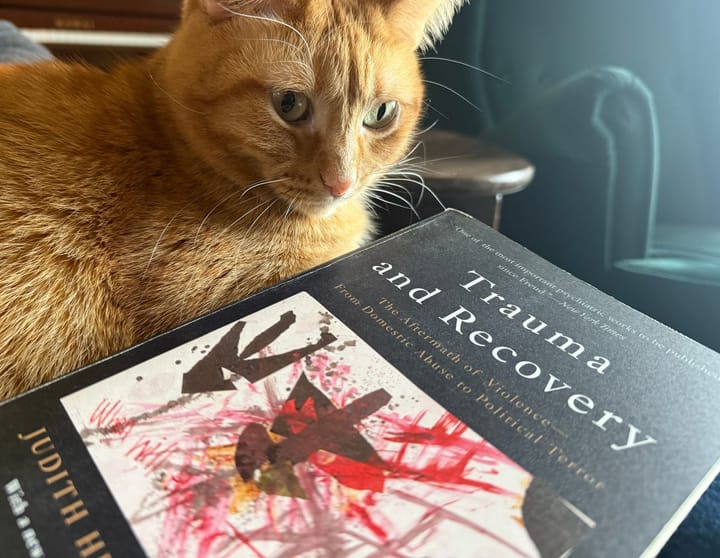These quick video clips from a demo session show what IFS coaching can be like. Clear, easy-to-read explanations of the concepts in each clip show why the session goes the way it does.
The kind of coaching I do is hard to explain in the abstract, but you can understand it intuitively when you see it in action. That’s why my colleague Alysa suggested recording demonstration sessions, to show folks what our methods are like and why. In this one, Alysa plays “Michelle,” a new client who’s just started coaching with me.
If you’re thinking about working with an Internal Family Systems practitioner, or if you’re curious about exploring your inner world on your own, our session — in brief clips or as a whole — will give you a vivid sense of what it’s like and how it works.
8 IFS concepts in 8 short clips
Each of the posts below pairs a brief clip from our session (between 2½ and 6½ minutes long) with a clear, easy-to-understand explanation of what’s going on and why.
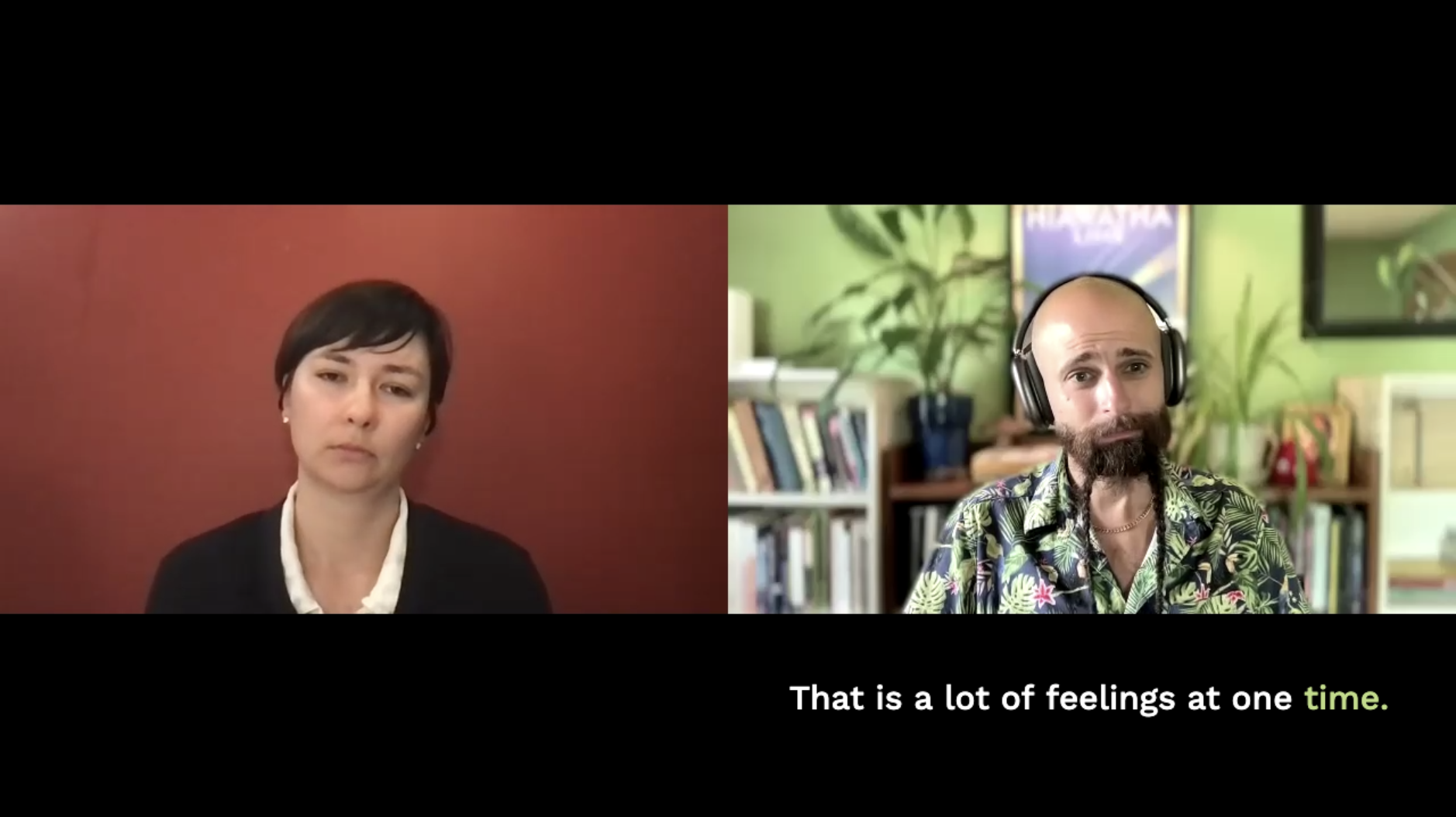
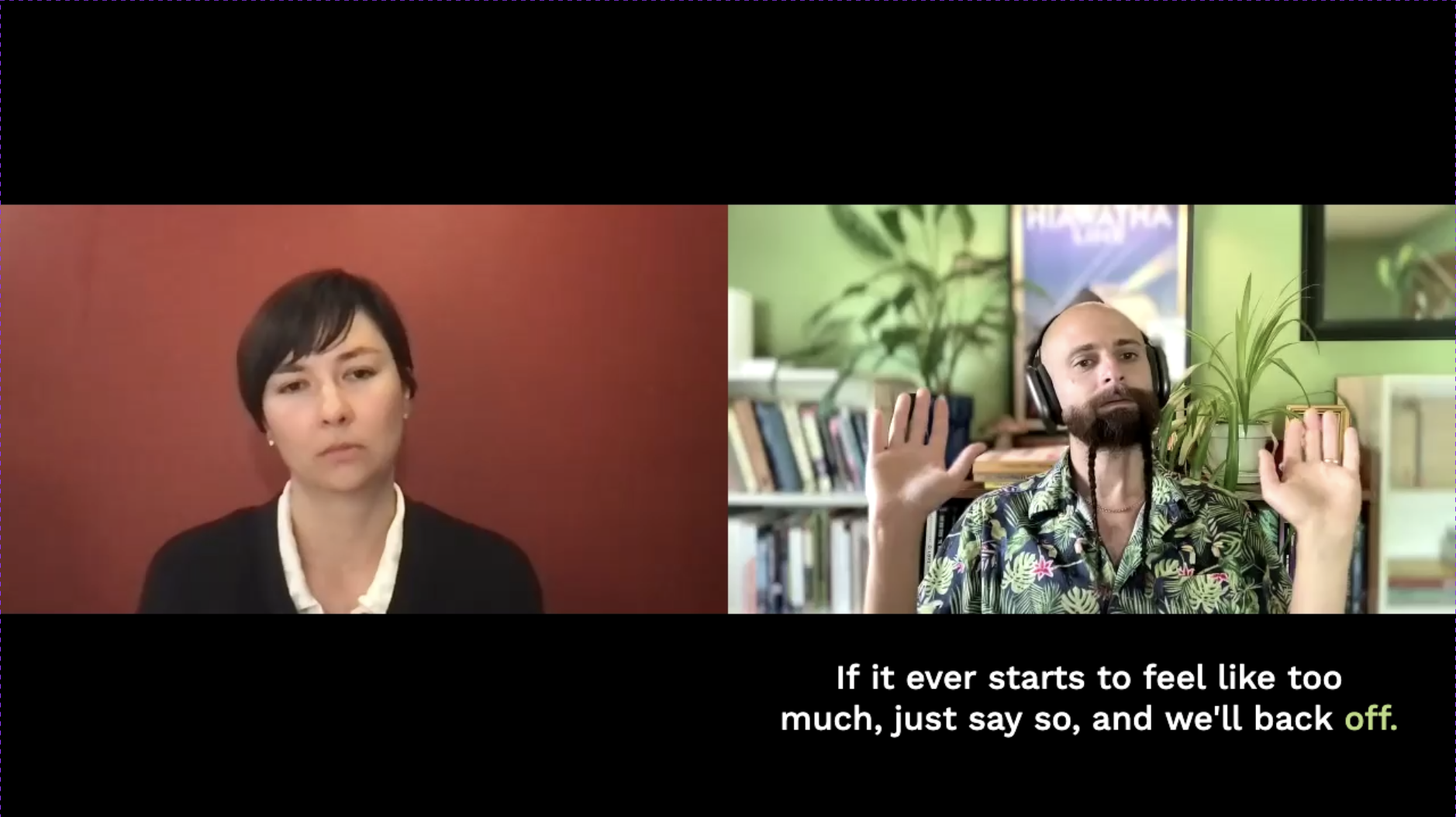
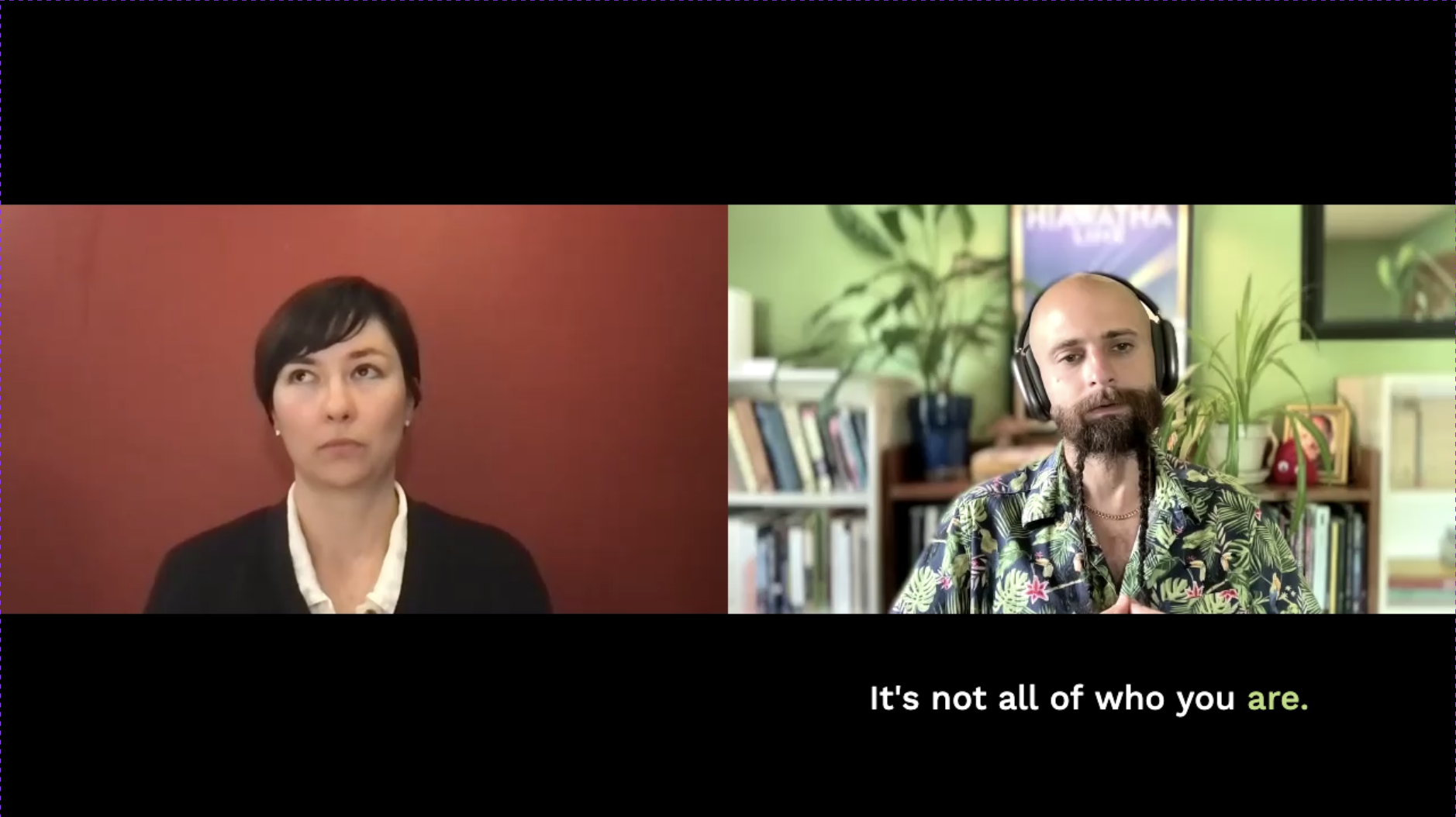
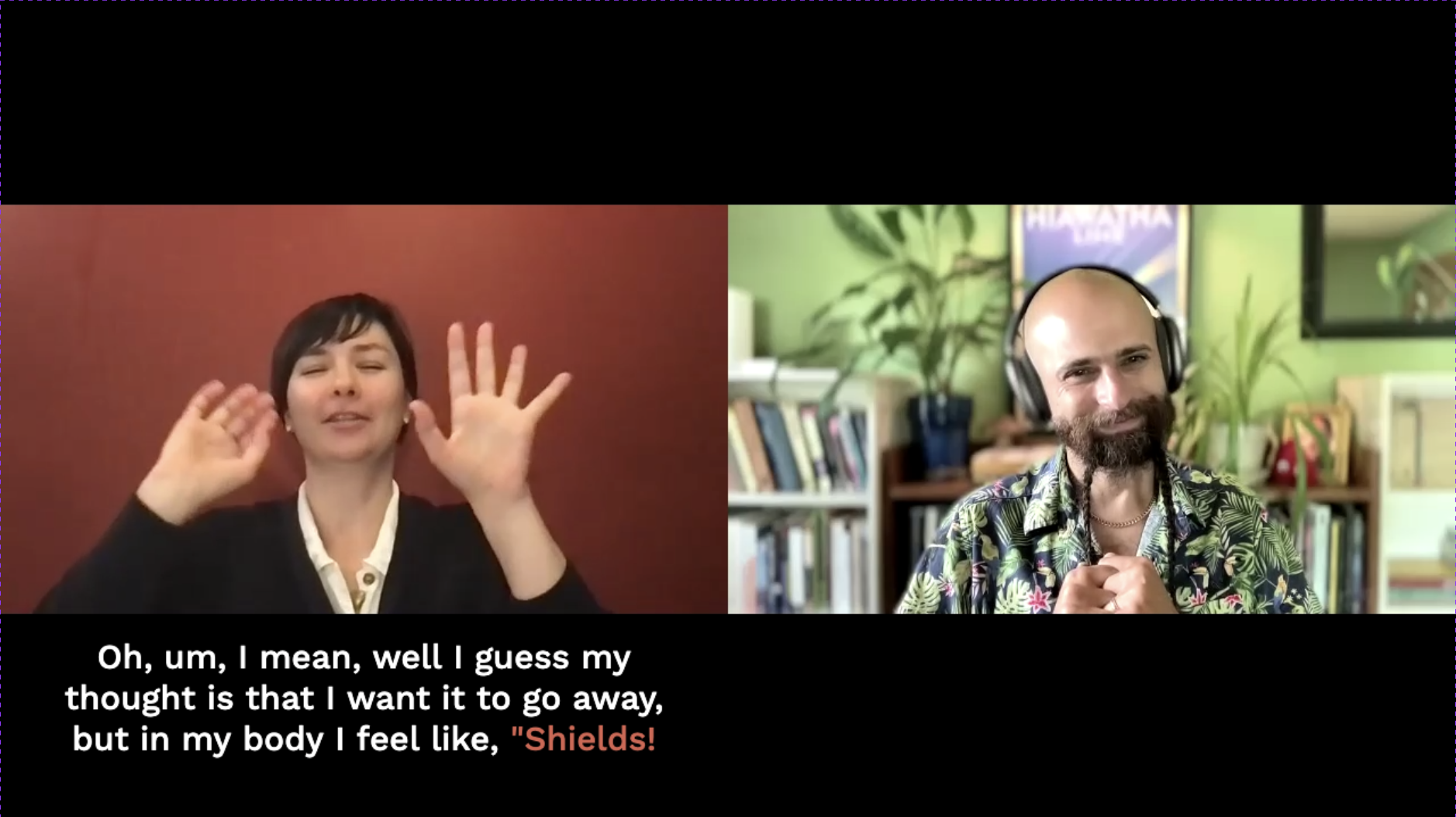
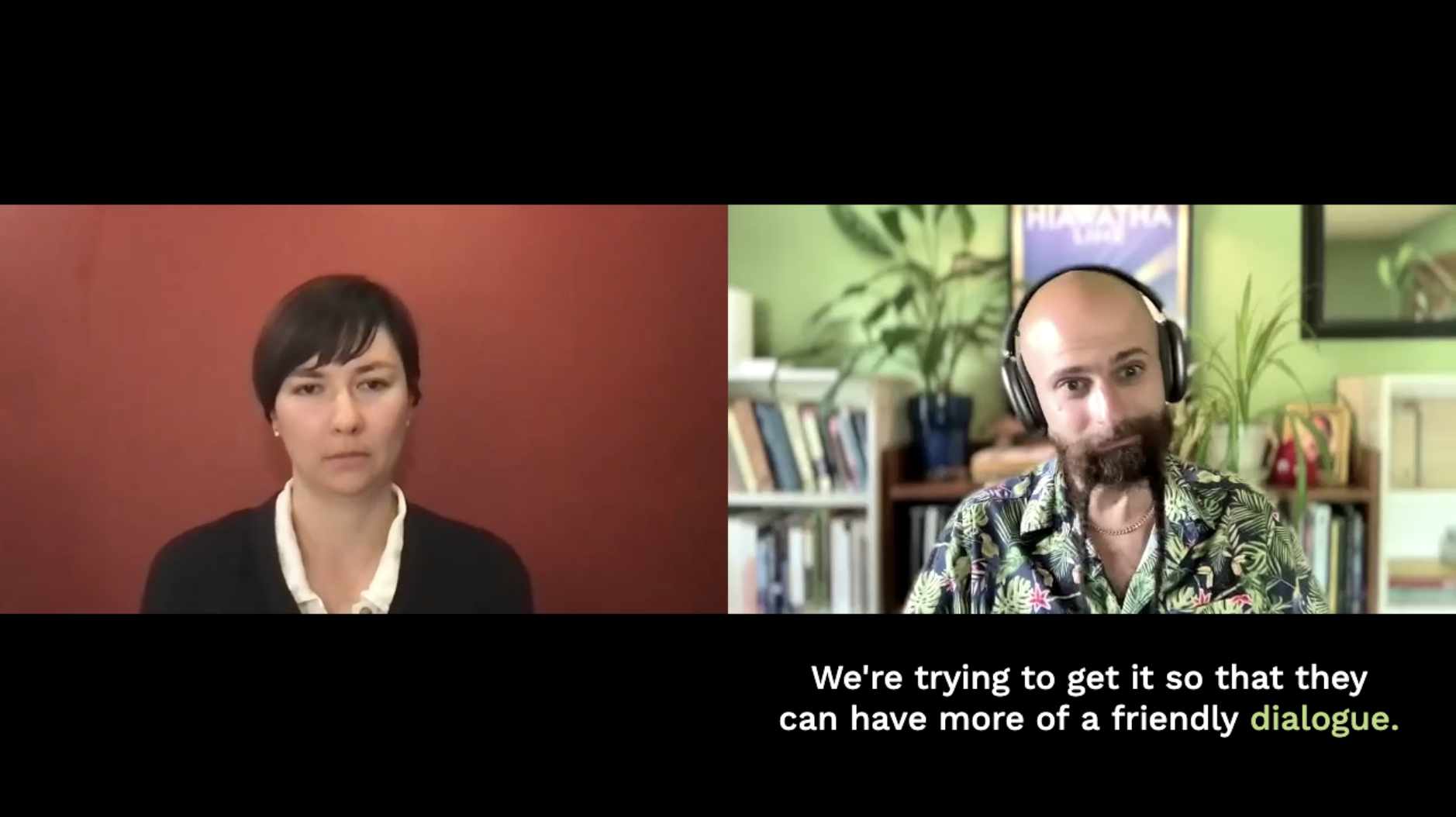
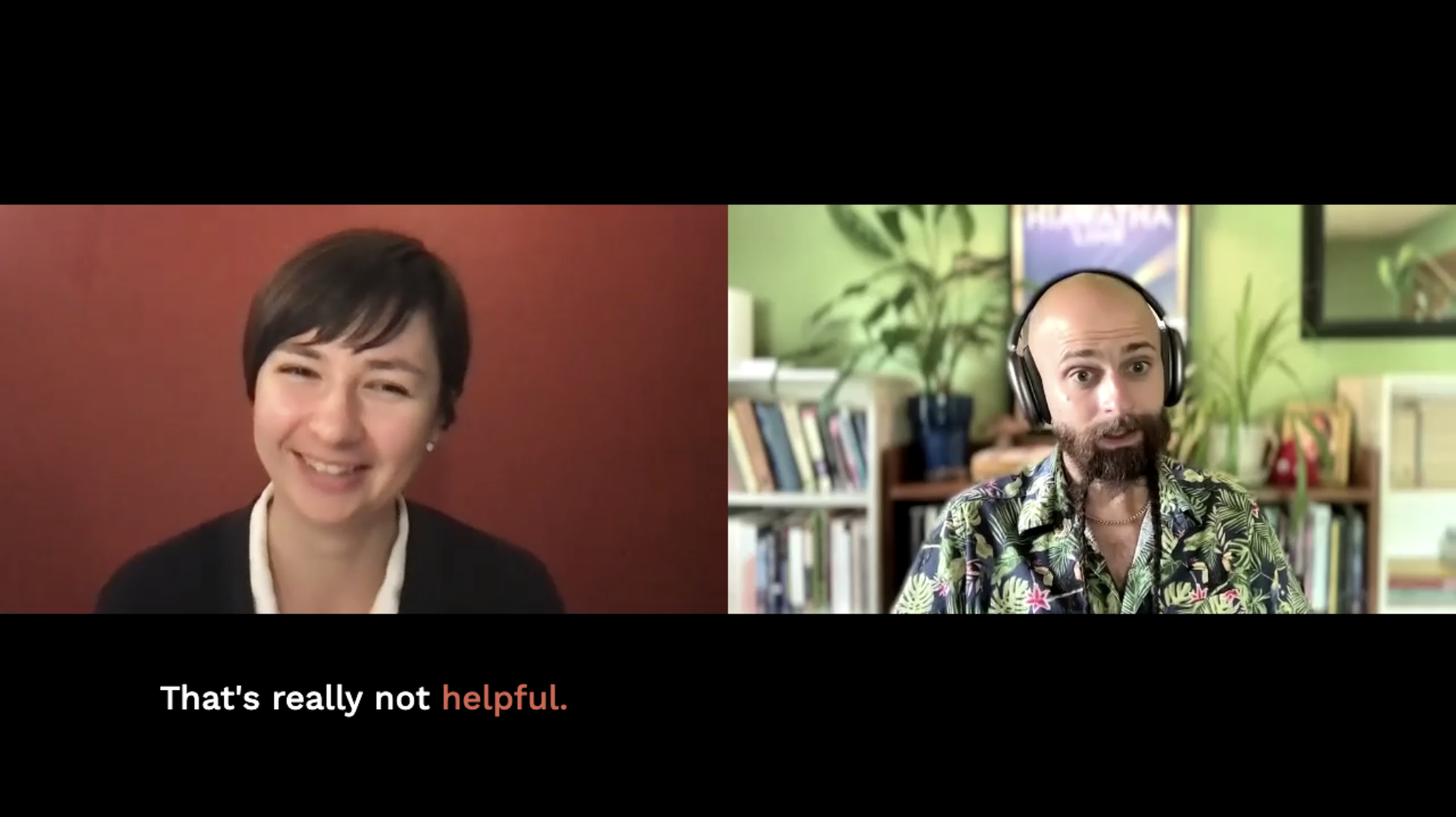
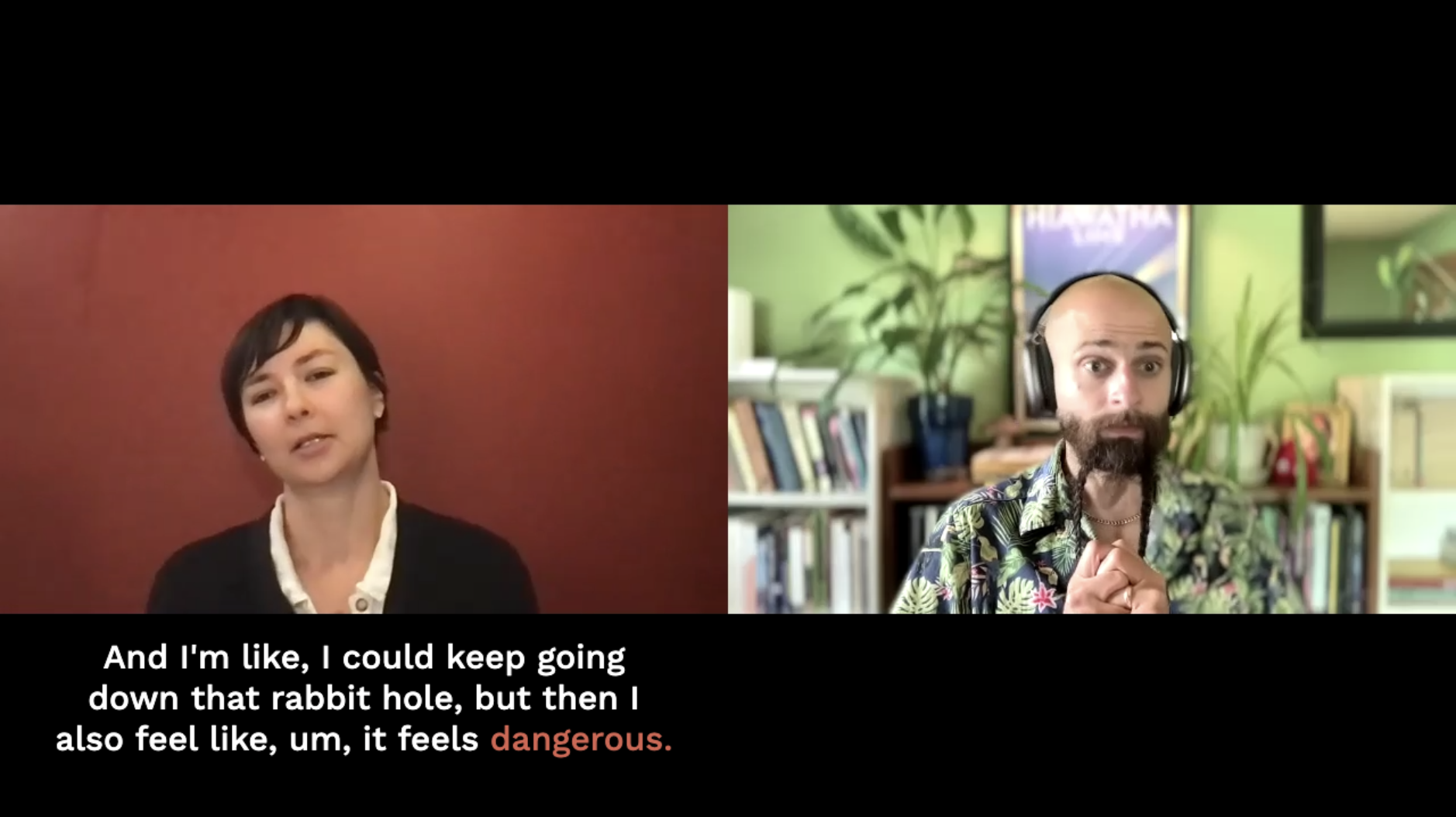
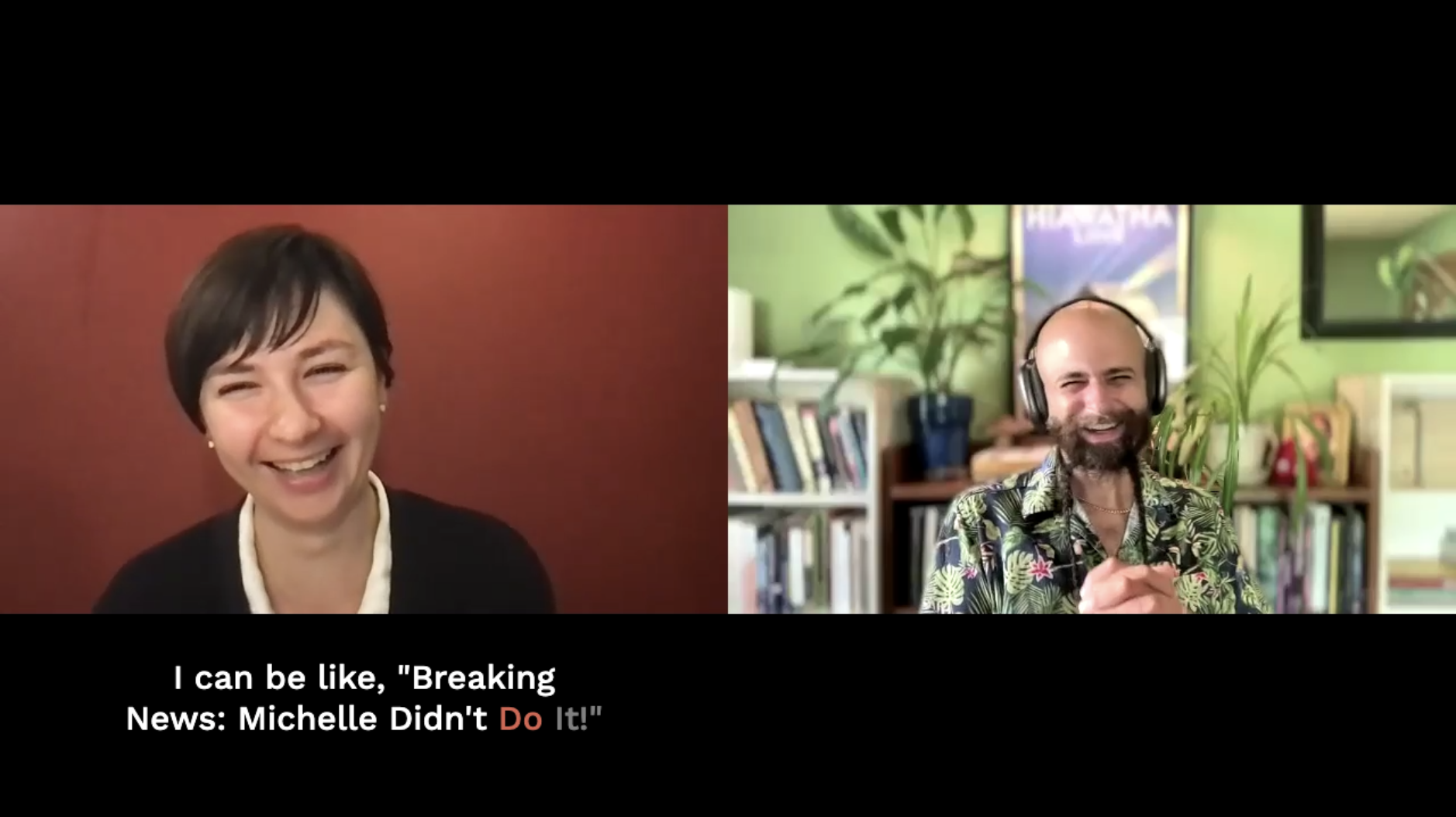
The flow of the session
My whole first session with “Michelle” lasted almost an hour, but much of that time we spent in silence — which is necessary for exploring your inner world, but very boring to watch! The video below condenses our whole session down to about 28 minutes, so you can see the flow of it uninterrupted.





